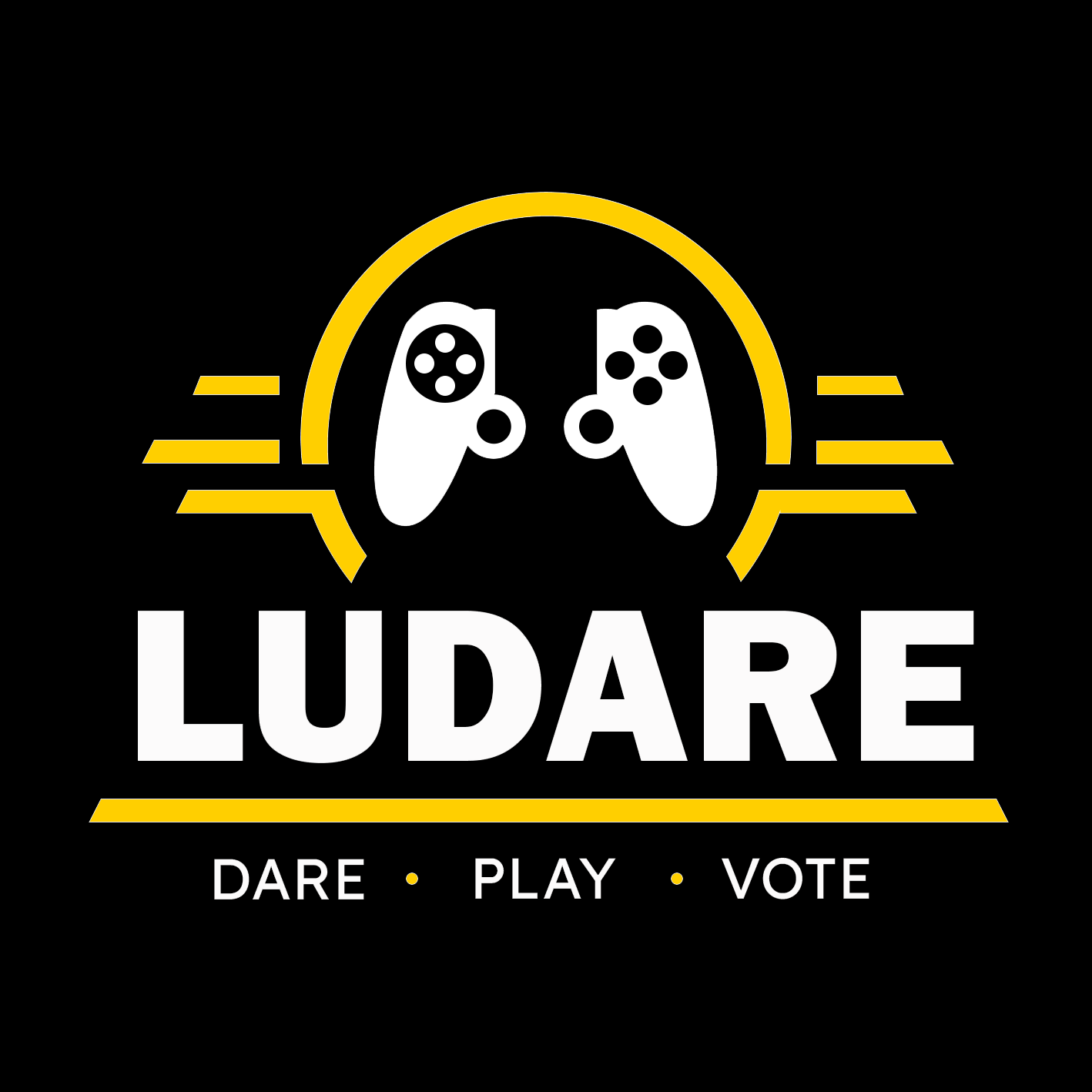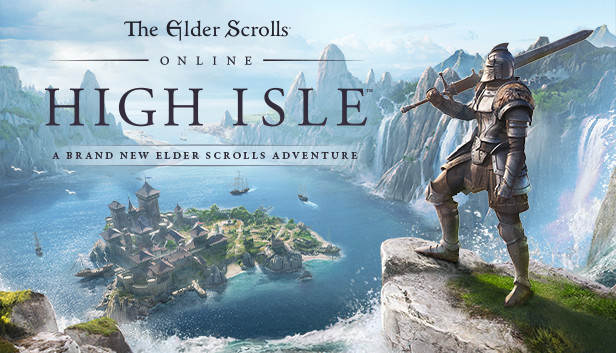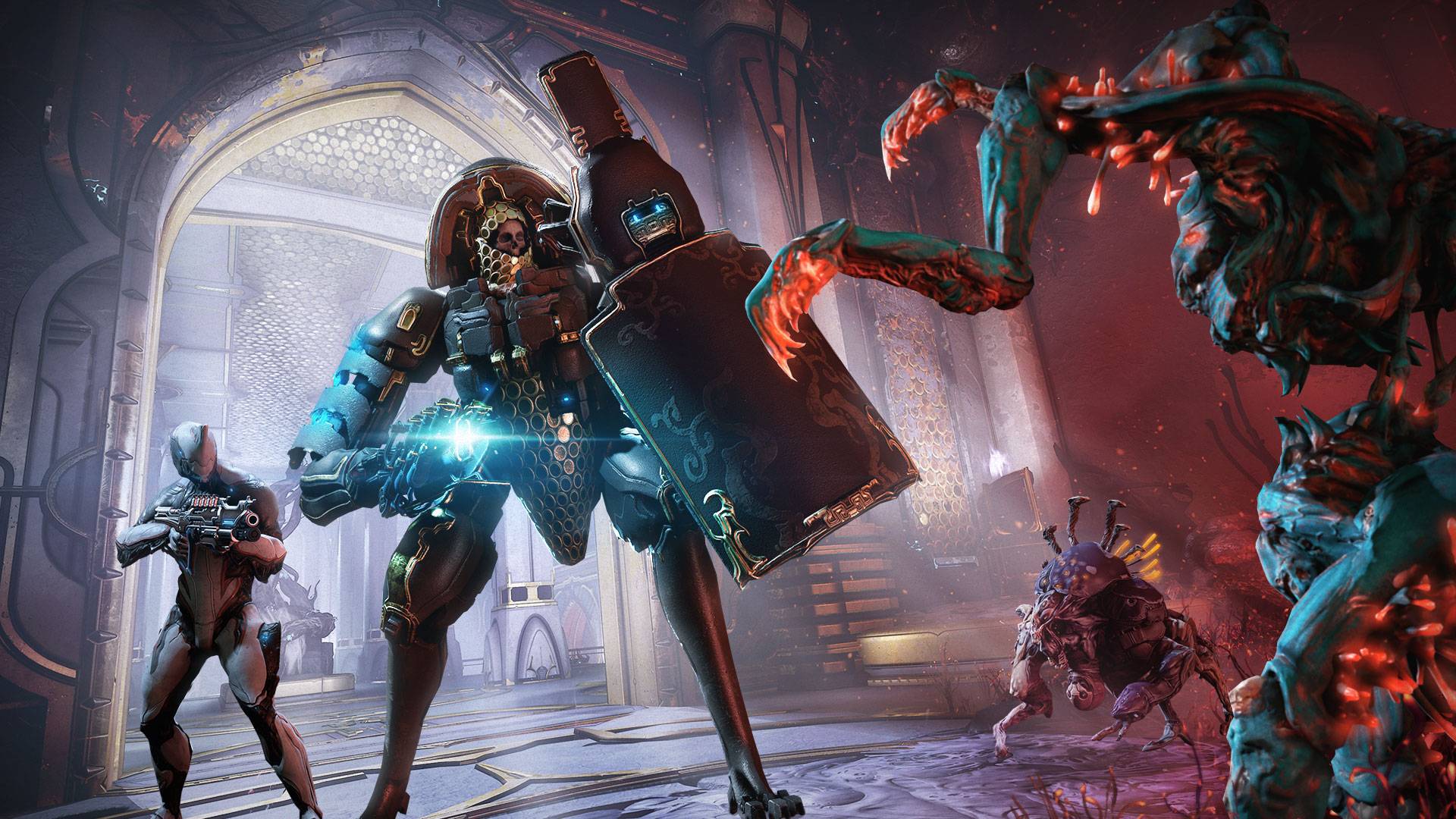Ludare Platform: website
Ludare is a game platform that I created all the components of for my startup, Pathless Productions. The goal of Ludare was to create a new indie game subscription service that helps developers get their games to market sooner so they can raise funding to support their development. It does so by combining a library of complete and in development titles and splitting a user’s monthly fee amongst the games they played in a month based on their share of total monthly playtime.
The main ludare website is built utilize React running on a virtual linux machine in AWS. This website allows users to sign up for the platform as well as download the games in the library. The games that make up the library need to integrate a simplified plugin for their engine of choice (Unity, Unreal, Gadot) which provides them with a basic DRM load in scene that forces a user to login. Once logged in, playtime events are shared with our backend server every 5 minutes. The backend server is written with Node.JS and manages all the database queries and authentication for both the website and all games using our DRM.
As the CEO of Pathless productions, I built the entire technology stack, oversaw partner negotiations, ran our marketing program, and communicated with investors. Pathless also participated in the University of Michigan’s Desai accelerator as well as the inaugural cohort of the ShawneeXP Game Accelerator. So far, we have been able to grow Ludare to 8 game partnerships and over 110 registered users off limited resources and with just a team of 3.

